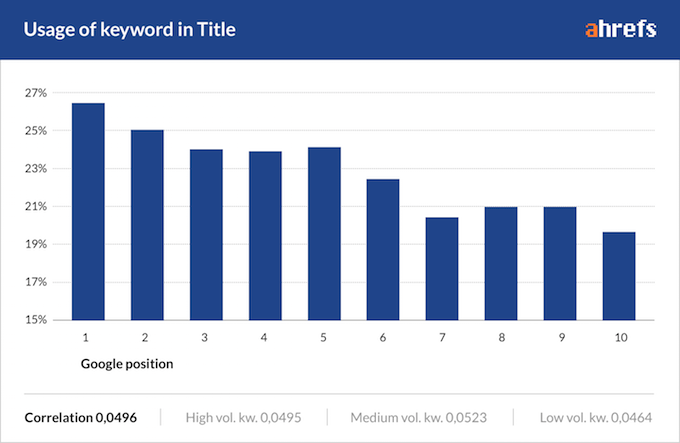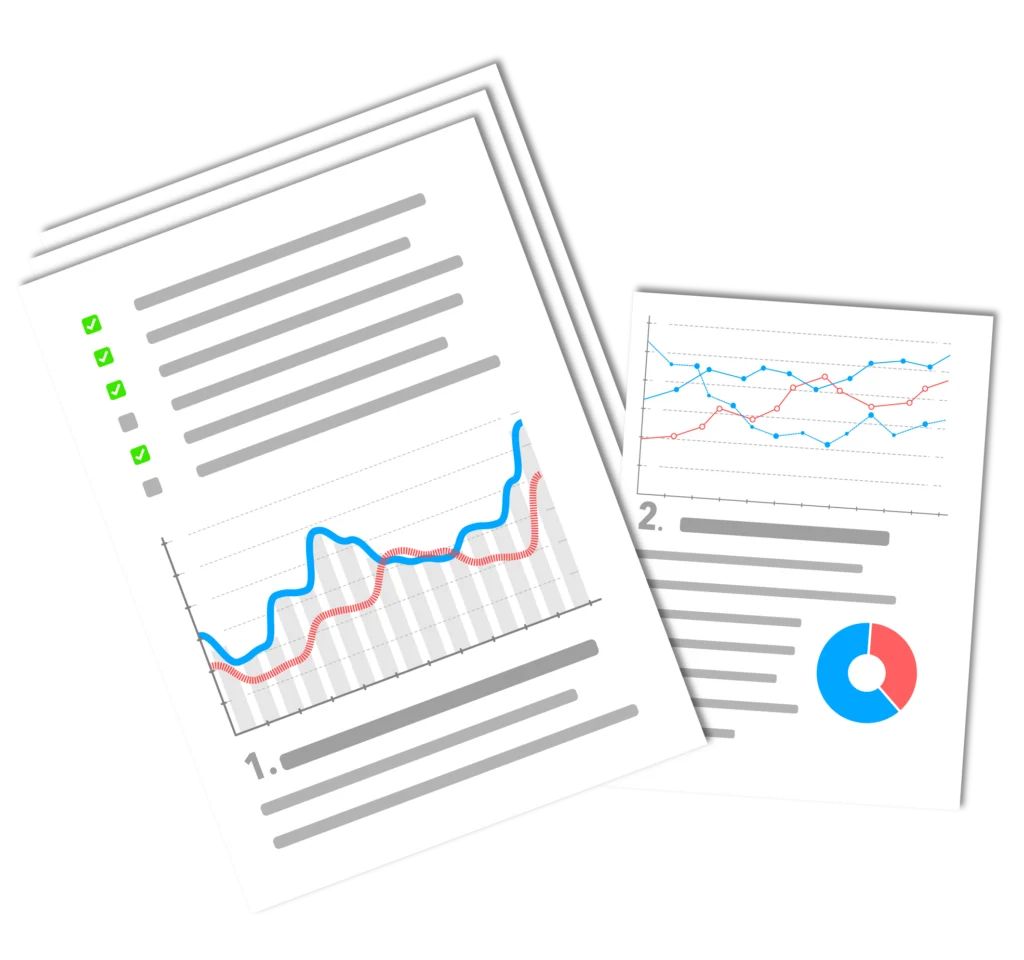The Title tag ist ein HTML-Titelelement, welches sowohl für die Suchmaschinenoptimierung als auch User Experience is crucial. This is therefore not just an aesthetic aspect of on-page optimization. They are used to describe the topic and content of a website precisely and briefly. The title tag is also displayed in two central places: in the Browser and in the SERP's.

Importance of title tags for SEO
Historically, title tags have always been one of the most Most important factors of on-page SEO. Before search engines increased the complexity of their algorithms, the title tag was a simple way to Content and the Relevance of a page. It was only with the further development of many search engines that their algorithms began to incorporate additional factors. These factors include, for example, connection data, social media interactions, visitors and performance values.
However, the title tag still has great value for on-page search engine optimization. In order to achieve appropriate rankings, it is therefore important that the title tag contains the mainKeyword to be integrated. The optimization of the Title tags are one of the best profitability techniques in search engine optimization. With little effort, a high "return on investment" in the form of generated Traffic possible.
Optimization tips
Be precise and try not to get off topic with the optimization. The Content should clearly correspond to the title. Deviations from the actual title will otherwise quickly make your posts look like spamming or Keyword-Stuffing aussehen. Ziele nicht auf zu viele Begriffe gleichzeitig mit einem einzelnen Beitrag. Eine Seite oder Beitrag sollte nicht mehr als 2 bis 3 Keywords bedienen! Ansonsten wird es zu unübersichtlich und umso wahrscheinlicher, dass du in gewisser Weise das Thema verfehlst.
If you can create a stand-alone post on the topic, then it should get its own page. This method allows search engines to find the topic, and the Relevance your website easier to recognize. Optimize the length of the title tag for your posts. Search engines standardize their results pages by limiting the number of characters they display per element of a listing.
Title tags have a maximum allowed of 65 characters. Everything that is displayed as an ellipsis (or the drawing "..."). This means that a title tag has been cut off at this point. It is therefore important that title tags are always checked for length! After all, they should make sense for users.
Keywords in the title tag
The placement and arrangement of keywords is especially important. The Keyword should be used as far forward in the tag order as possible. This is because the more helpful it is for ranking factors. In addition, if you place keywords at the very beginning, it is more likely that they will not be placed at the 65 characters limit will be cut off. It also makes it all the more likely that a user will see your post in the search results list and click on it.
The tags should be promotional and enticing. After all, your title tags are the first impression that searchers associate with your site and brand. Make an effort not only to optimize the title tags for the search engines, but also to make them user-friendly and appealing. The message you put in your title tags can also give you more Traffic even if other sites are higher in the Ranking than you are!
Alle Keywords in Title-Tags, Meta-Beschreibungen und Anzeigen-URLs, die der durchgeführten Suchanfrage entsprechen, werden auf der Seite mit den Suchergebnissen (SERP's) with Bold font displayed . Many users look at title tags to decide which pages the SERP's they will click. Optimized and interesting title tags increase click-through rates, bring higher visitor numbers and thus improve the popularity of any website.
What should be considered when choosing the title tag?
1. the right implementation:
The structure of a Title Tag should look like this.
A small example...
This can be done with most Content-management systems can be easily implemented using a plug-in. We use for example Yoast SEO for all our WordPress-based projects.
2. maintain the correct length of the title
As already described above, it should 65 characters must not exceed. In exceptional cases, Google displays title tags of 70 characters. Normally, however, all information exceeding 65 characters is rigorously ignored by the search engines.
3. avoid keyword spamming
Once again, there must be no Keyword spamming. Search engines like Google react to such things with sanctions that can even lead to the exclusion of your website from the Index can lead.
4. individual title tags for each post
You should also make sure to create an individual title tag for each individual site of your Homepage to use. So the title tag should be unique.
5. avoidance of special characters
Search engines always have problems with the correct display of special characters in the Title Tag. This can lead to the separation of related information. For this reason, the use of special characters should be avoided when choosing the right title tag. Only common special characters such as hyphens or similar can of course be used.



